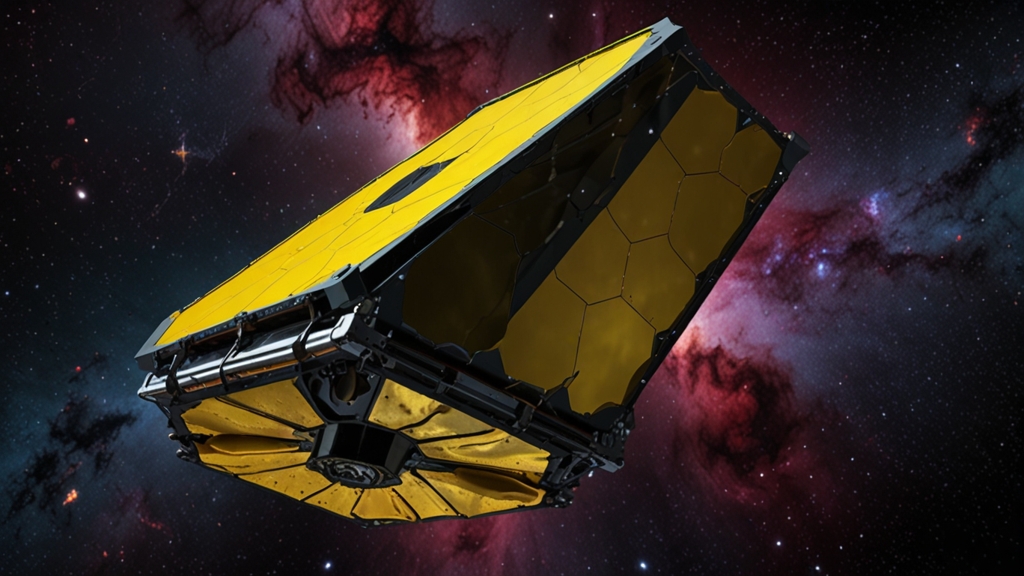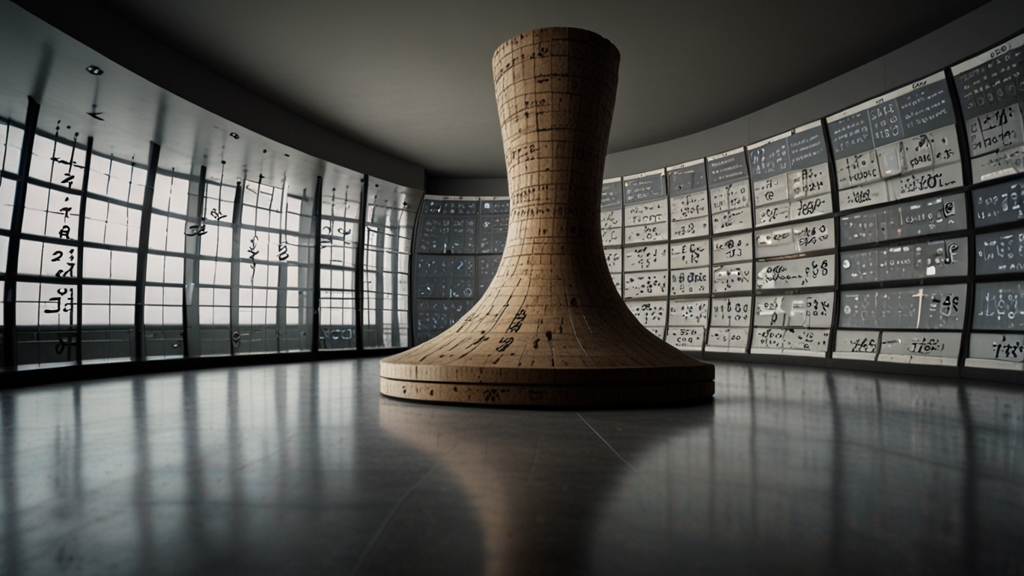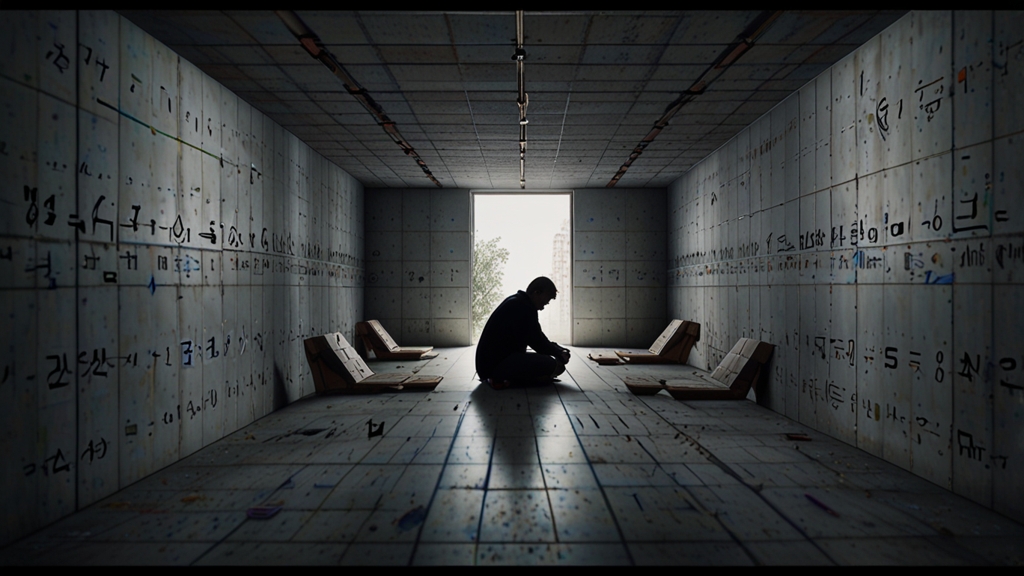Revealed: The Most Shocking Discoveries from the James Webb Space Telescope
The James Webb Space Telescope (JWST), launched in December 2021, has rapidly become one of the most revolutionary tools in the field of astrophysics. With its advanced capabilities to peer deeper into the cosmos than ever before, the JWST is uncovering some truly astonishing observations. This article delves into the most shocking discoveries made by the JWST, which have significantly enhanced our understanding of the universe.
Unveiling Ancient Galaxies
One of the JWST’s most remarkable discoveries is its ability to identify galaxies formed shortly after the Big Bang. By observing these ancient cosmic bodies, scientists are gaining invaluable insights into the early stages of galaxy formation and evolution. The telescope’s sophisticated instruments have detected light emitted by galaxies that existed over 13 billion years ago, offering a direct glimpse into the universe’s infancy.
“The sheer number of ancient galaxies that JWST has uncovered within a relatively small patch of sky is staggering. It’s as if we have unearthed a treasure trove buried in the cosmic sands,” commented Dr. Emily Hawkins, an astrophysicist at the Space Telescope Science Institute.
Strange Exoplanet Atmospheres
The JWST is also pioneering the study of exoplanet atmospheres. Its exceptional sensitivity to infrared light allows it to analyze the composition of these distant worlds' atmospheres, identifying molecules like water vapor, carbon dioxide, and methane. In one surprising discovery, the JWST detected an exoplanet with an atmospheric composition unlike anything seen in our solar system, featuring an environment rich in exotic chemicals.
“The discovery of such unique exoplanet atmospheres challenges our theories about planetary formation and could hint at the existence of entirely new types of planetary systems,” noted Dr. Marcus Lee, a planetary scientist at NASA.
Mysteries of Dark Matter
Dark matter remains one of the greatest enigmas in modern astrophysics, but the JWST is shedding new light on this elusive substance. By observing the gravitational effects that dark matter has on visible matter, JWST is helping scientists to map its distribution across the cosmos. These observations are revealing unexpected concentrations of dark matter, prompting fresh questions about its nature and origin.
Black Holes Beyond Belief
Among the JWST's most jaw-dropping finds are black holes in configurations never before witnessed. The telescope has identified examples of intermediate-mass black holes, which fill the gap between small stellar black holes and supermassive black holes at galactic centers. Additionally, it has observed black holes that are actively consuming material at rates previously believed impossible, leading to the rapid growth of these cosmic giants.
Enigmatic Cosmic Structures
The JWST has also revealed several enigmatic cosmic structures that defy existing theories. For instance, astronomers have spotted intricate filaments of gas and dust weaving through galaxies in patterns that challenge current models of cosmic evolution. These observations suggest that the cosmic web, the large-scale structure of the universe, might be more complex than previously thought.
“The JWST is opening our eyes to the hidden intricacies of the universe, uncovering structures that were beyond our wildest imaginations,” expressed Dr. Sofia Martinez, a cosmologist at the European Space Agency.
Conclusion
The James Webb Space Telescope is redefining our understanding of the universe with its groundbreaking discoveries. From ancient galaxies and strange exoplanet atmospheres to the mysteries of dark matter and unprecedented black hole configurations, JWST is unlocking secrets that were once hidden in the vast expanse of space. As this pioneering telescope continues to peer deeper into the cosmos, we can only anticipate more breathtaking revelations that will challenge our conception of the universe and our place within it.












